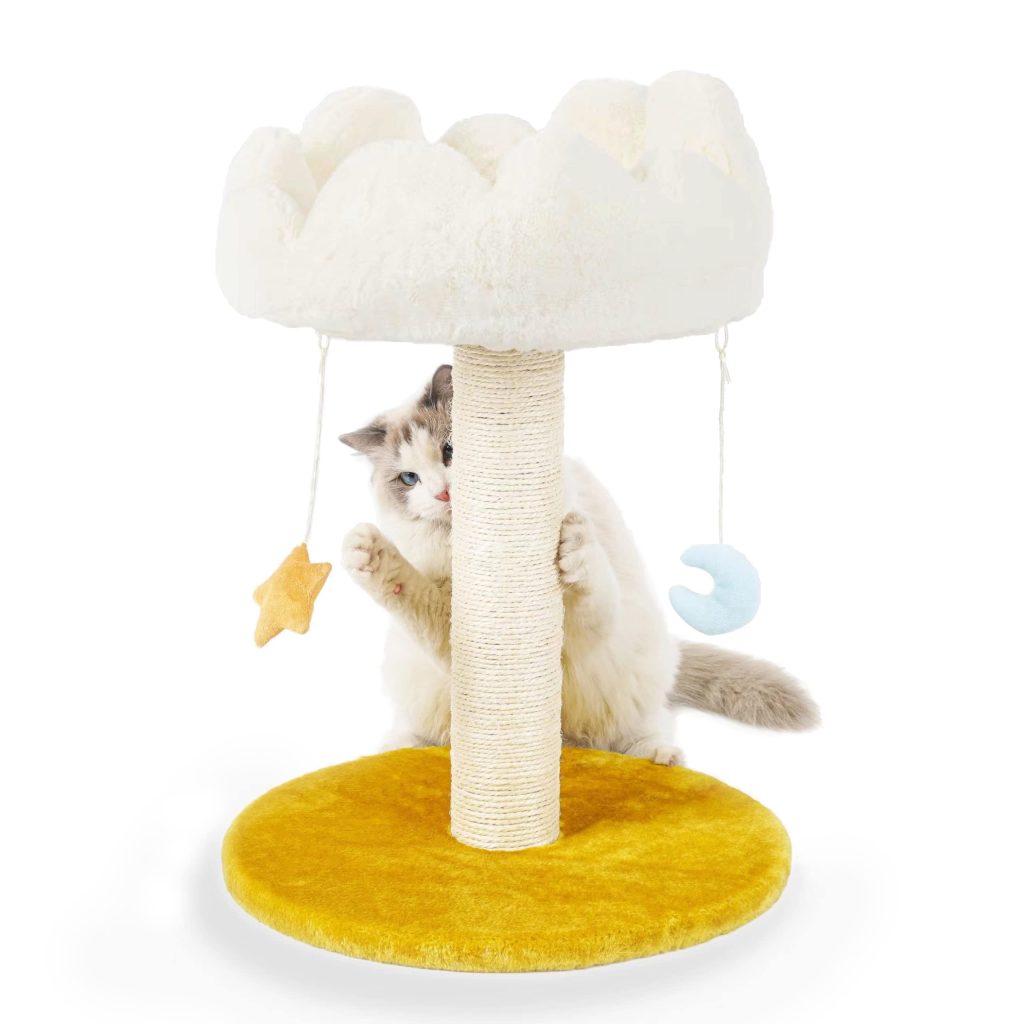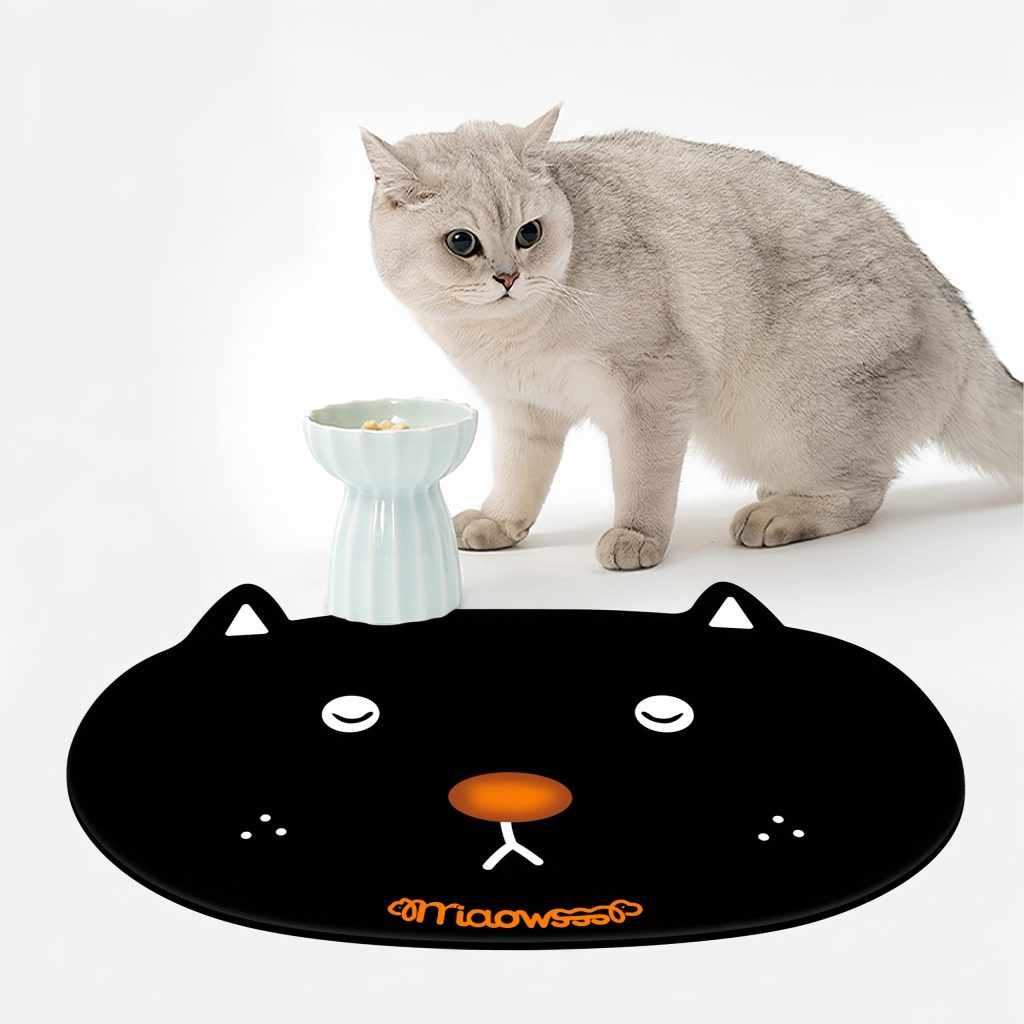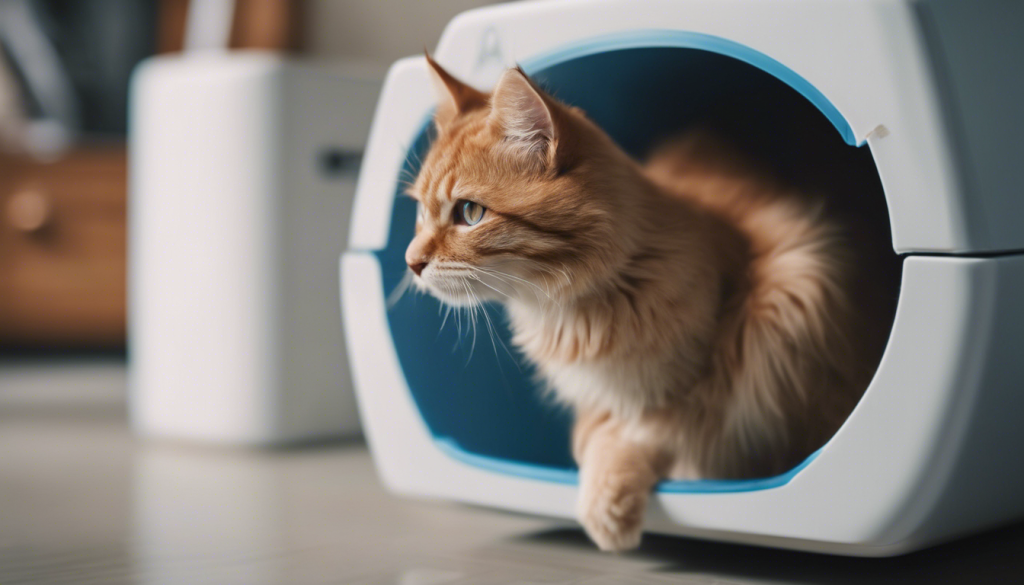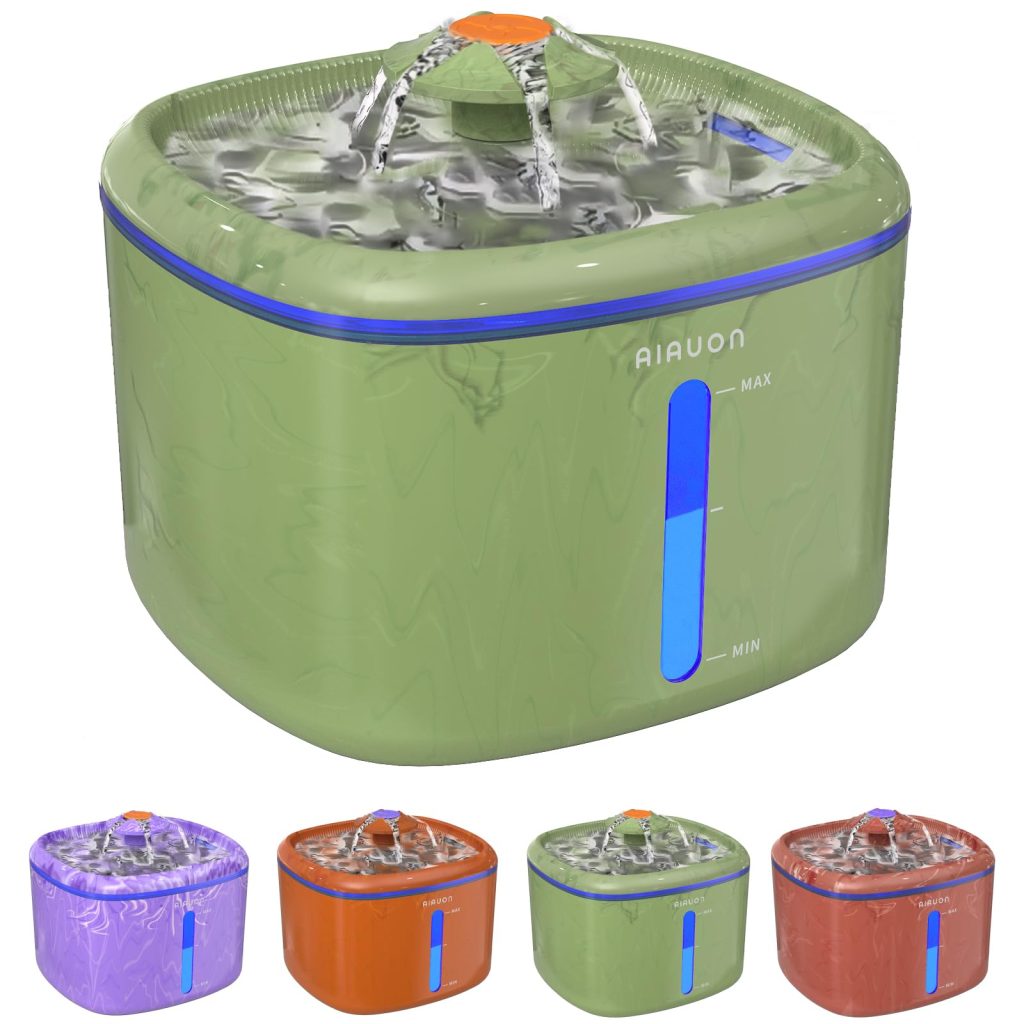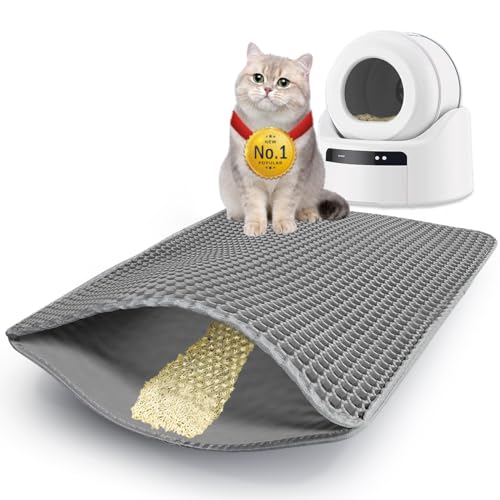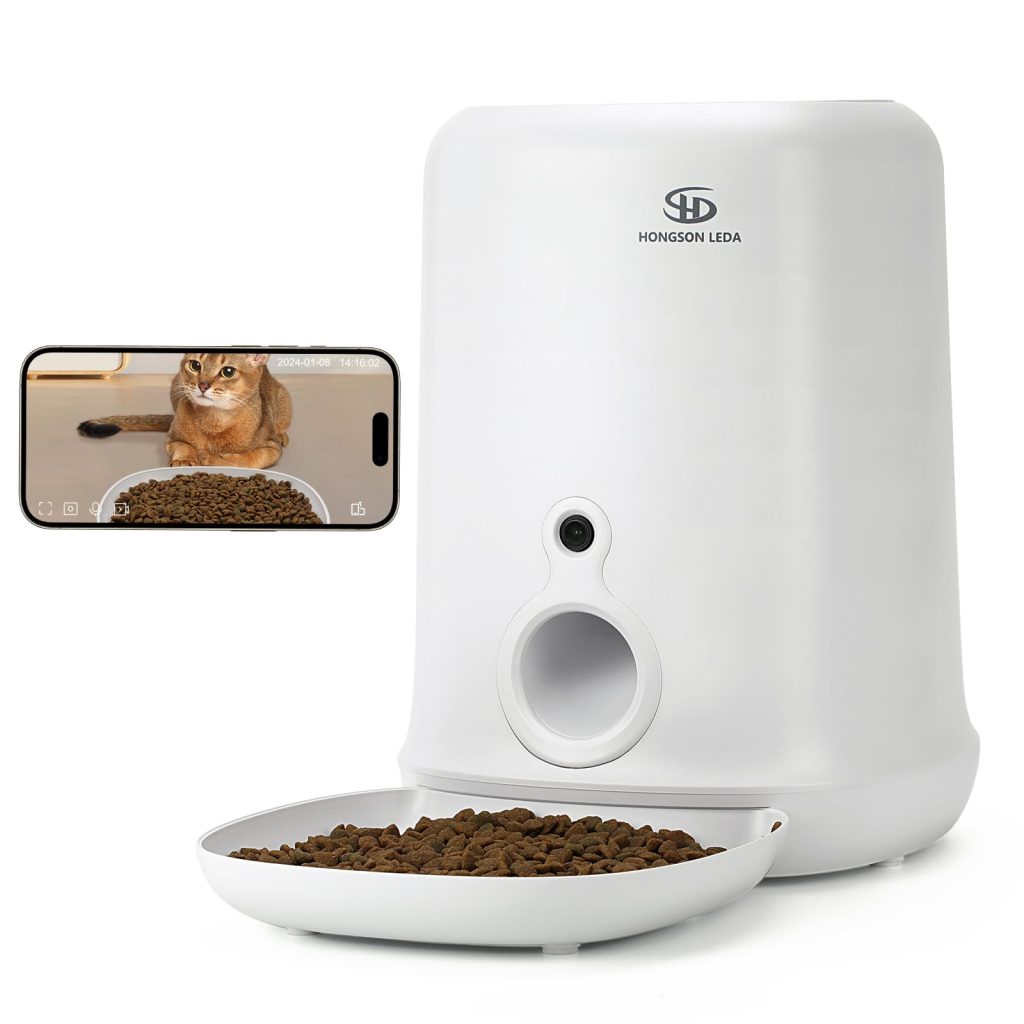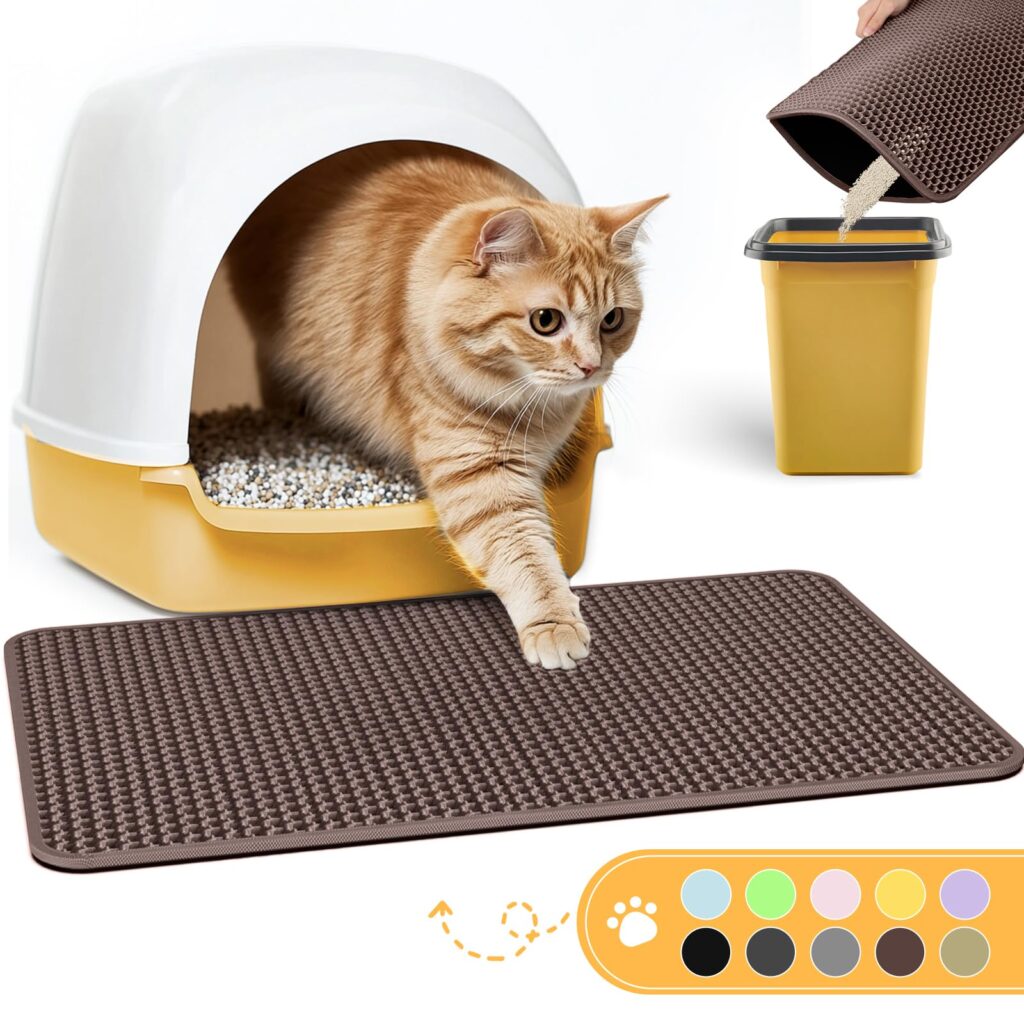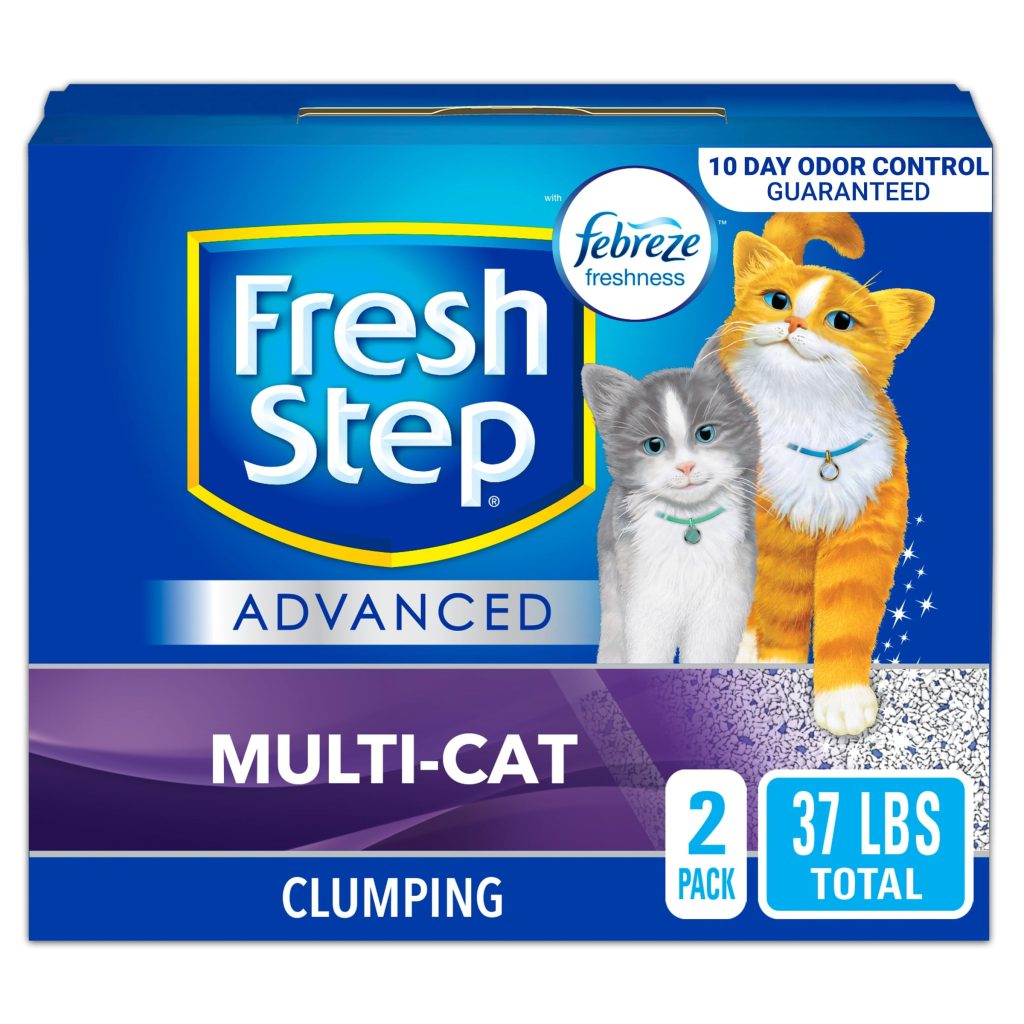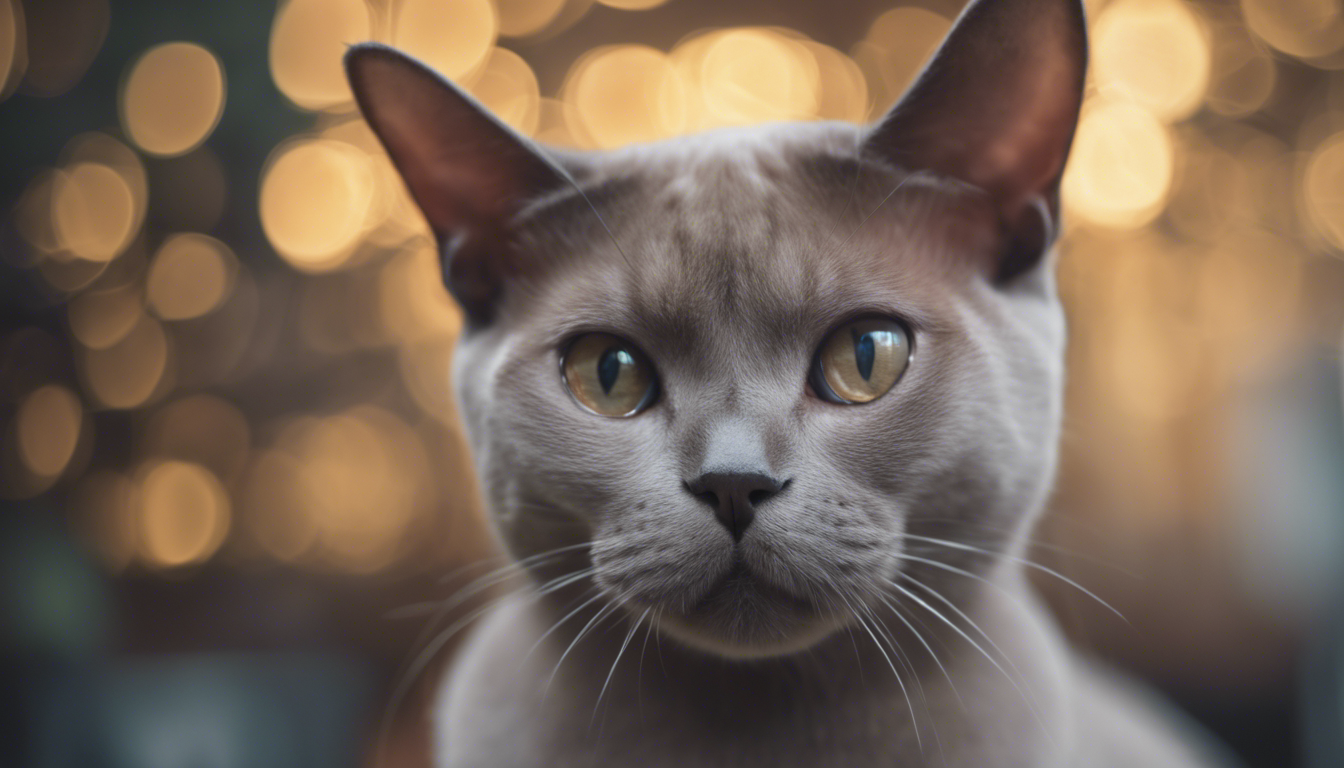
History and Origin of the European Burmese Cat
The European Burmese cat, with its charming persona and sleek, glossy coat, has quite an enchanting tale of origin. Rooted in the heart of Southeast Asia, the breed is believed to have hailed originally from Burma (now Myanmar), hence its name. The journey of the European Burmese began when a singular walnut-brown cat named Wong Mau was brought to America from Burma in the early 1930s. Dr. Joseph Thompson, enamored by her unique look, took it upon himself to understand her genetic makeup.
Wong Mau wasn’t just a pretty face; she was the matriarch of the Burmese breed in the Western world. With the diligent efforts of Dr. Thompson and other fellow cat fanciers, breeding programs were established to promote her distinctive brown coat color, which led to the birth of the Burmese breed we’re familiar with today. However, as this breed crossed continents and reached British shores, European breeders began to develop their own interpretation of the Burmese, leading to a subtle divergence from their American counterparts.
The European Burmese thus became recognized as a separate breed by various cat registries around the world. This breed retained much of its original charm but with slight physical differences that set it apart. Generously loved for their elegant yet muscular forms, spacious eyes, and endearing natures, European Burmese cats are a harmonious blend of aesthetics and companionable traits. They emerged as creatures perfectly designed for human admiration and affection.
Now widely bred and showcased across Europe, these cats have amassed a loyal following. Their ancestry tells a story of migration, adaptation, and beauty – elements that capture not only their history but also ignite interest in their future development. From a single pioneering cat to a well-loved breed, the European Burmese continues to be a symbol of exotic allure and familial warmth.
Physical Characteristics and Health
The European Burmese are quite the eye-catchers with their medium-sized, muscular bodies that exude both elegance and strength. Their distinguishing feature lies in their short, sleek coats that shine brilliantly, almost as though they’ve been polished. These coats come in a variety of rich colors, including the classic sable, as well as champagne, blue, and platinum. Their fur feels silk-like to the touch, begging for regular petting sessions.
One cannot help but be drawn to their expressive, large eyes that seem to be seasoned storytellers. Set apart on their rounded faces, these eyes are typically gold or yellow, adding to their charismatic presence. Their ears sit wider at the base, with rounded tips and a tilt that gives them an ever-attentive look, always ready to engage with their human companions.
But aside from their striking good looks, European Burmese cat owners must be mindful of their health. Like any purebred cat, they can be prone to genetic health issues. Health concerns specific to the breed include Hypokalemia, which can cause muscle weakness; congenital heart defects like hypertrophic cardiomyopathy; and cranial deformities in kittens due to the breed’s head structure. It’s important for potential owners to work with reputable breeders who perform genetic testing and offer health guarantees.
While they’re not high-strung athletes, European Burmese cats do boast an impressive lifespan—often living well into their teenage years when provided with proper care. This means maintaining a balanced diet tailored to their age, activity level, and health requirements. Nutrition is paramount; a mix of good quality dry food and wet food can keep their coats glossy and bodies thriving.
The breed’s minimal grooming needs are a relief to many owners. Their short coats do not shed much and require just a brush-through once a week to keep them looking their best. This not only keeps the fur mat-free but also serves as an opportune time for bonding between cat and owner.
Keeping up with regular veterinary checkups is essential to catch any potential issues early on. Vaccinations, routine examinations, and dental care are non-negotiable aspects of securing a healthy life for these cherished felines. With responsible breeding practices and conscientious care from their human family, European Burmese cats can lead full and joyful lives.
Whether they are curling up on your lap or investigating every nook of the household, taking care of a European Burmese incorporates a balance of affectionate engagement and health-conscious diligence. They’re not just pets; they’re furry family members who’ll share their love and vivacity with anyone lucky enough to call them their own.
Temperament and Behavior
The European Burmese cat is renowned for its highly sociable and affectionate nature, often forming an intense bond with its human family. These cats are known to be people-oriented, craving attention and interactive play. They’re the type of cats that typically prefer not to be left alone for extended periods, as they thrive on social interaction. Do not be surprised if your European Burmese follows you from room to room; they simply love to be involved in whatever you are doing.
These feline companions come with an almost dog-like demeanor when it comes to welcoming you home. They will usually greet their owners at the door, ready to offer their unique blend of endearing charm and quiet chirps or trills, which is their way of engaging in conversation. Their voices are softer than those of their Asian Burmese cousins, which makes living with them pleasant, as they’re not as vocal but will still make sure their presence is known.
When it comes to their behavior towards other pets, European Burmese cats are quite friendly and adaptable. They generally get along well with other cats and even dogs, particularly if introduced at a young age. Their playful streak means they would appreciate a playmate or two to keep them entertained. However, it is always important to introduce new pets slowly and under supervision to ensure smooth integration into the household.
With respect to exercise needs, these cats posses a moderate level of energy. They enjoy playtime sessions that stimulate both their mind and body, so interactive toys are a great investment. These playful sessions not only keep them fit but also deepen the bond between cat and owner. Yet, they balance their playfulness with an equal appreciation for relaxation, often seeking out the warmth of a sun-soaked windowsill or the comfort of a soft bed.
One should note that due to their affectionate temperament, European Burmese cats can develop separation anxiety if left alone for too long. It’s beneficial for these cats to have some form of companionship, whether that’s another pet or a human, during the day. This partner can help keep separation anxiety at bay and provide the necessary interaction European Burmese cats crave.
To draw out the best in these cats’ behavior, early socialization is key. Exposing kittens to various people, pets, and situations can help them grow into well-adjusted adults. Consistent and gentle training can also go a long way in reinforcing positive behaviors and establishing a harmonious living situation.
In summary, the European Burmese cat is the epitome of a companion cat. They lavish love upon their owners and in return ask for nothing but love and companionship back. Their sweet nature makes them suitable for families with children and other pets, granted that they’re given ample attention and are not left isolated for long periods.
The breed’s amiability extends beyond the walls of the home as well; European Burmese cats often fair well in cat shows because of their easy-going nature towards strangers and new environments. Whether they’re purring contentedly on your lap after a day’s adventures or cheekily chasing after a toy mouse, each moment with a European Burmese cat is one filled with joy and comradery.
Care and Grooming Requirements
Caring for a European Burmese cat involves a commitment to their overall wellbeing, including a properly designed regimen of grooming and health maintenance. One need not worry about excessive grooming tasks as these cats have low maintenance coats. Weekly brushing tends to suffice in keeping their lustrous fur gleaming and free of dead hair. During brushing, take the opportunity to check for any signs of skin issues such as bumps or sores, and provide regular flea treatment as recommended by your veterinarian.
Dental health is also crucial; brushing their teeth several times a week can prevent periodontal disease and support their general health. Introducing dental hygiene routines early in life will help them become accustomed to the process. Trimming their nails every couple of weeks is also advisable to avoid any scratching mishaps.
With the European Burmese’s propensity for personal interaction, playtime isn’t just about physical exercise; it’s also an essential aspect of their emotional and mental care. Engage them in activities that challenge their intelligence, such as puzzle feeders or interactive toys. Keeping their mind active is just as important as maintaining their physical vigor.
As for their diet, it should be balanced and appropriate for their life stage. Be mindful of overfeeding, as this breed enjoys its food and may become overweight if not properly monitored. Always provide access to clean, fresh water, and ponder consulting with your vet to tailor the diet to your cat’s specific health needs.
Though they’re hardy in many aspects, don’t skip regular vet checkups to detect any issues early. Since European Burmese cats are prone to certain hereditary conditions, keeping a watchful eye on their health is paramount. Ensuring they remain up-to-date with vaccinations and routine treatments for worms and parasites is part of preventative care that can save you and your cat from future distress.
Given their desire for companionship, providing an environment that fulfills their social needs is vital. If you’re away from home frequently, ponder strategies to alleviate loneliness, such as securing a pet sitter or providing stimulating toys to keep them occupied.
When it comes down to it, these cats cherish being a part of the family. Your European Burmese will relish warm spaces to cuddle up in and enjoy simply being near you. It’s less about specific activities and more about the consistent care, affection, and time you invest in them—these are the elements that will ensure your European Burmese lives a long, happy, and healthy life at the heart of your home.
